Advertisement
You’ve probably heard the term Inception Score tossed around if you’ve even lightly scratched the surface of AI image generation, machine learning papers, or text-to-image model comparisons.
In this article, we’re going to answer the most important questions around the topic and break it all down as simply and as practically as possible without watering it down. Let’s get started.
Let’s say you built an AI that generates images. Great! But now what?

You need a way to measure how good those images are. Not just subjectively ("wow, that looks kinda real!") but in a way that’s repeatable, testable, and—yep—numerical.
That’s where something like the Inception Score (IS) comes in.
The Inception Score is a way to evaluate how good your AI-generated images are by using a pre-trained image classifier (called Inception v3). That classifier checks two things:
Put more technically (but still human-understandable), the Inception Score measures how “confident” a classifier is when it sees an image (that’s one part), and how varied the predictions are across multiple images (that’s the second part).
The higher the score? The better your model probably is.
Let’s talk mechanics for a minute. Not too heavy, promise.
The Inception Score uses a model called Inception v3, which is basically a powerful image recognition tool that’s been trained on ImageNet (aka, a giant dataset of labeled images).
Here’s the step-by-step:
It does some fancy math in the background (KL divergence, if you’re curious), but basically:
Good images = High confidence + High diversity = High Inception Score.
If you're the kind of person who needs to see the math:
IS = exp( Eₓ [ KL(p(y|x) || p(y)) ] )
Again, not important to memorize it... just know that it’s comparing two things:
The “exp” part (that’s exponential) just means we’re turning the result into a nice score—something you can compare more easily.
Let’s get into why this thing even became popular.
So yeah, it’s convenient. And in the AI research world, convenience often wins.
Just because it’s used a lot doesn’t mean it’s perfect. In fact, here’s where the Inception Score falls short:
So… helpful? Yes. But definitely not the end-all-be-all.
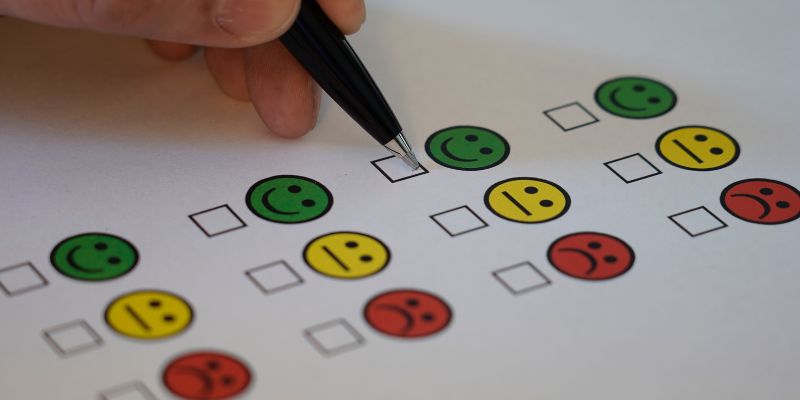
This depends on your dataset, but here’s a rough idea:
Basically, if your AI image generator hits a 9+, that’s considered really solid on that dataset.
But again, context matters. A good score on one dataset may not be good on another.
If you're working with generative models (like GANs, diffusion models, etc.), IS is a decent start. It's not perfect. But it's fast, widely understood, and gives you something to track over time.
However… we wouldn’t recommend using it alone. Especially not for anything that requires high-stakes decisions or nuanced quality.
Here’s what many researchers and developers do:
Also use other metrics like:
Look—we get it. The world of AI is packed with jargon and weird acronyms (IS, FID, GAN, Diffusion, etc.). It’s a lot to keep up with. But if you're working with or even just exploring AI image generation, knowing how to measure quality is key.
The Inception Score might not be “the one metric to rule them all,” but it's still one of the most recognizable in the game.
If you’re tinkering with your own image models (or just want to understand what these AI art platforms are doing behind the scenes), keep this one in your toolbox. You’ll thank yourself later when you're knee-deep in generated art and wondering, “is this actually any good?”
Advertisement

Learn different methods to calculate the average of a list in Python. Whether you're new or experienced, this guide makes finding the Python list average simple and clear

Stay informed with the best AI news websites. Explore trusted platforms that offer real-time AI updates, research highlights, and expert insights without the noise
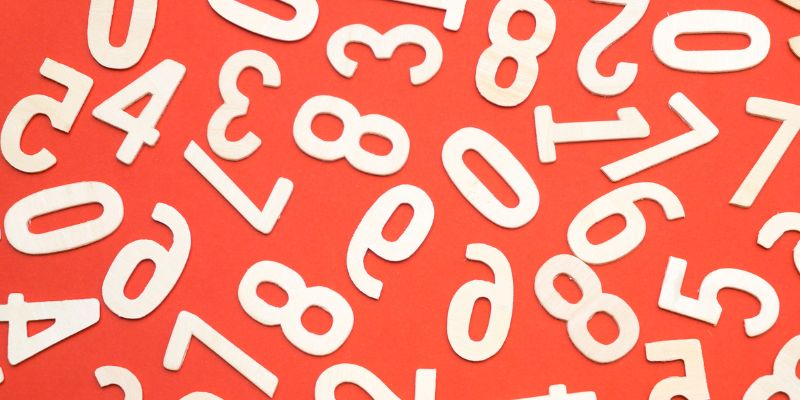
Learn about Inception Score (IS): how it evaluates GANs and generative AI quality via image diversity, clarity, and more.

Learn how Intel Core Ultra CPUs use advanced neural processing to unlock faster and more responsive AI experiences on PC.

Oyster, a global hiring platform, takes a cautious approach to AI, prioritizing ethics, fairness, and human oversight
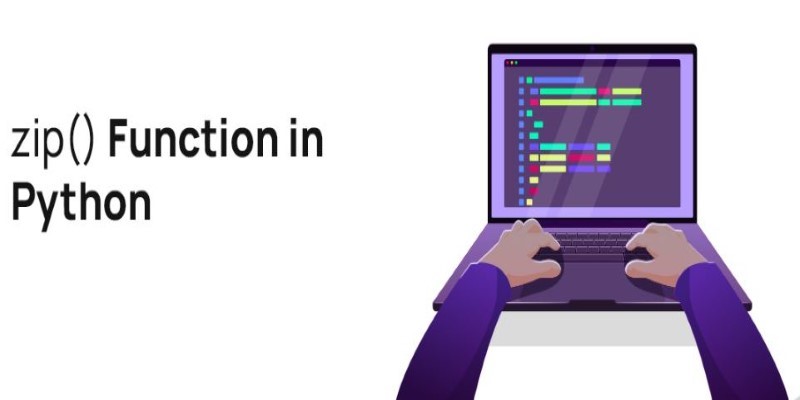
Learn how the zip() function in Python works with detailed examples. Discover how to combine lists in Python, unzip data, and sort paired items using clean, readable code

Discover how Getty's Generative AI by iStock provides creators and brands with safe, high-quality commercial-use AI images.
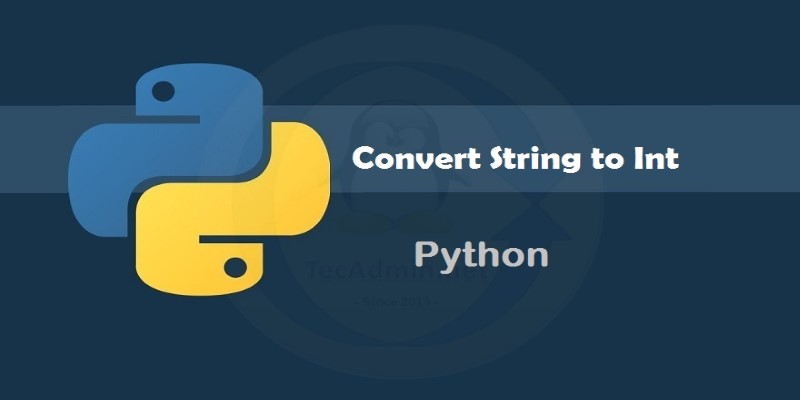
Learn seven methods to convert a string to an integer in Python using int(), float(), json, eval, and batch processing tools like map() and list comprehension
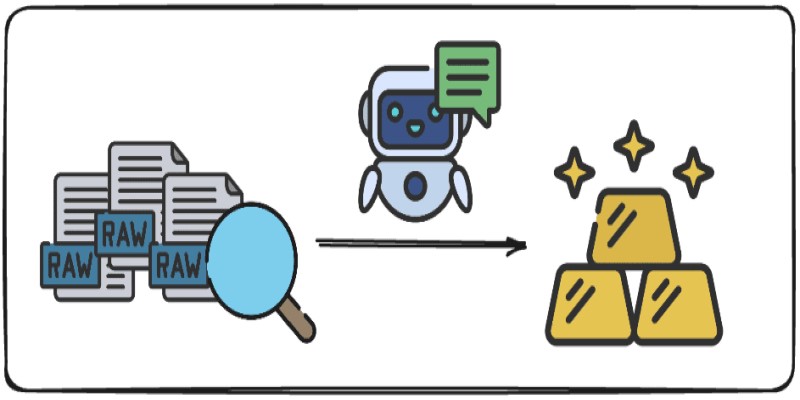
Want to turn messy text into clear, structured data? This guide covers 9 practical ways to use LLMs for converting raw text into usable insights, summaries, and fields
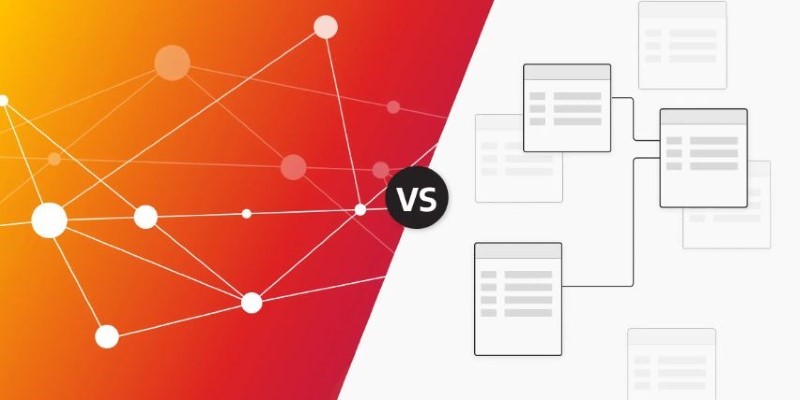
Understand the real differences in the relational database vs. graph database debate. Explore structure, speed, flexibility, and use cases with real-world context
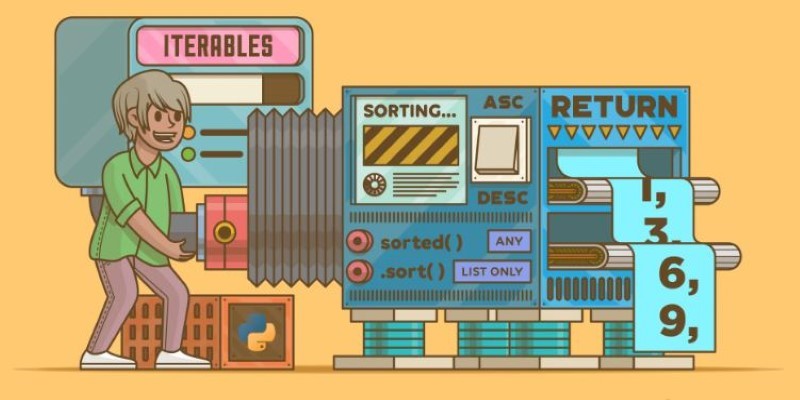
Learn how sorting lists in Python using sort() can help organize data easily. This beginner-friendly guide covers syntax, examples, and practical tips using the Python sort method

Looking for quality data science blogs to follow in 2025? Here are the 10 most practical and insightful blogs for learning, coding, and staying ahead in the data world